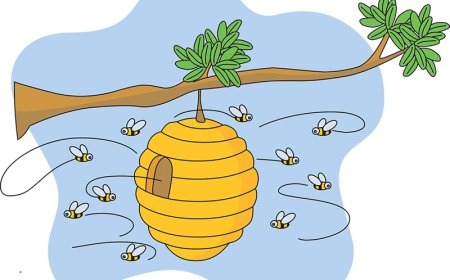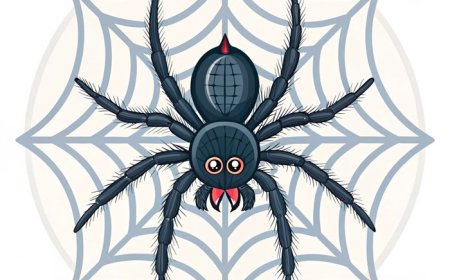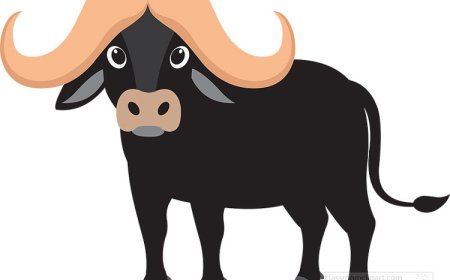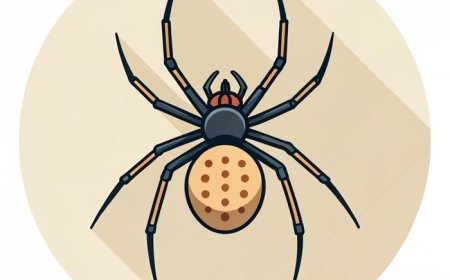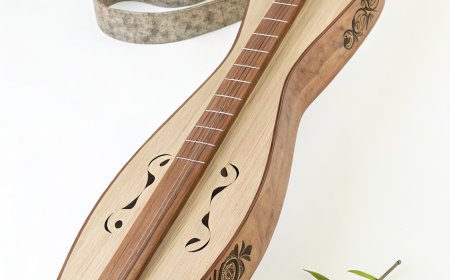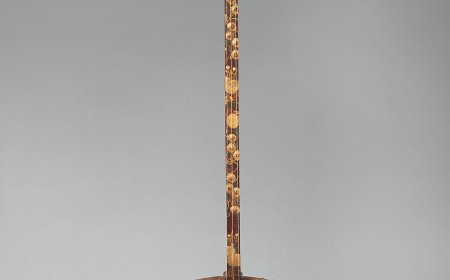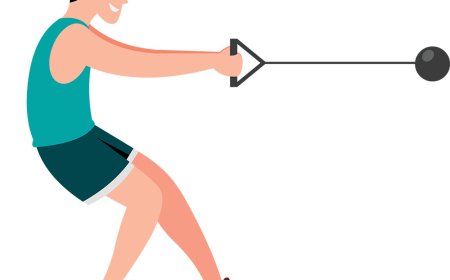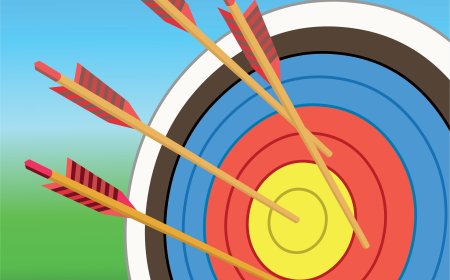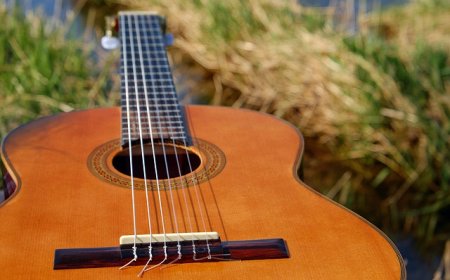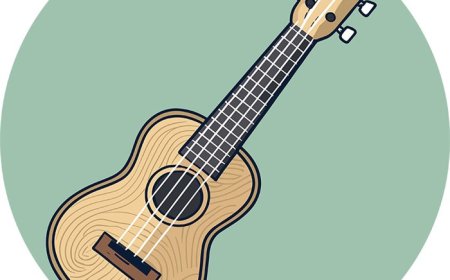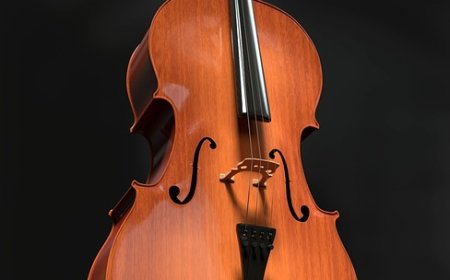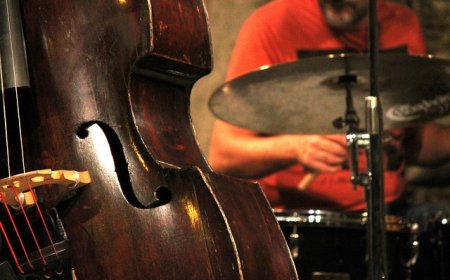Xylophone Facts for Students | Learn How the Xylophone Works & Its History
Learn all about the xylophone—its parts, how it works, its history, and fun facts. A musical and colorful guide to this exciting percussion instrument for students.
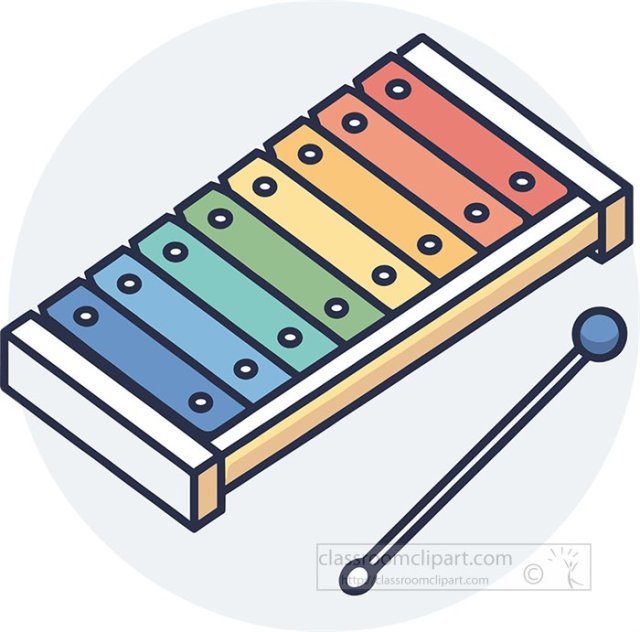
🥇 Introduction
The xylophone is a bright, colorful, and cheerful instrument in the percussion family. It has wooden bars that are arranged like piano keys and played by striking them with mallets. The xylophone is one of the few percussion instruments that can play melodies, making it both rhythmic and musical. It’s used in bands, orchestras, music classrooms, and even in cartoon sound effects!
🎶 What Is a Xylophone?
A xylophone is a pitched percussion instrument made of wooden bars that are tuned to specific notes. The bars are laid out like a piano keyboard and played with hard or soft mallets. When you strike a bar, it vibrates and produces a note.
Each bar is paired with a resonator tube underneath, which helps amplify the sound. The xylophone can play both melodies and rhythms, and its sound is bright, sharp, and clear.
Xylophones are used in:
Concert bands and orchestras
Percussion ensembles
School music classes
Film and TV soundtracks
🧩 Parts of the Xylophone
Even though the xylophone looks simple, it has several important parts:
Bars – Made of wood (often rosewood or synthetic material) and tuned to different pitches.
Frame – The stand or support structure that holds the bars in place.
Resonators – Tubes beneath each bar that help project and shape the sound.
Mallets – The sticks used to strike the bars, usually with rubber, plastic, or yarn heads.
Rails – Horizontal beams that support the bars above the resonators.
The size and range of the xylophone can vary—some cover a few octaves, while professional ones may span 3.5 octaves or more.
⚙️ How Does the Xylophone Work?
The xylophone works through vibration. When a player strikes a wooden bar with a mallet, the bar vibrates at a specific frequency, creating a musical pitch. The length and thickness of the bar determine how high or low the note sounds—longer bars = lower notes, and shorter bars = higher notes.
The resonators under each bar help amplify and enrich the sound by letting the air vibrate in tune with the bar. The harder the mallet, the brighter and more cutting the sound; softer mallets produce a warmer tone.
Players use two or four mallets to play melodies, harmonies, and even chords. Because of its tuned bars, the xylophone is often used to mimic other instruments or create colorful musical effects.
📜 History of the Xylophone
The xylophone has ancient roots, dating back thousands of years in Africa and Asia. Early versions were made of wooden bars laid over banana leaves or gourds. These instruments were often used in ceremonies, storytelling, and celebrations.
The xylophone became popular in Europe in the 1600s, especially in folk music. By the 1800s, composers like Camille Saint-Saëns and Igor Stravinsky began writing for it in orchestral music.
In the 20th century, the xylophone became a favorite in cartoons and film music because of its bright, playful sound. It is also used in jazz, pop, and classical percussion ensembles.
🥁 Famous Xylophone Players
The xylophone isn’t as famous as some instruments, but several great percussionists and performers have helped make it shine:
George Hamilton Green – A legendary early 20th-century xylophonist and vaudeville performer
Bob Becker – Member of Nexus Percussion and master of melodic percussion
Evelyn Glennie – A world-famous percussion soloist who plays many instruments, including xylophone
Ian Finkel – Known as “the world’s greatest xylophonist” and a Broadway and TV performer
Emil Richards – A studio percussionist who used xylophone in film and TV scores
These musicians have shown that the xylophone can be just as expressive and exciting as any instrument.
🎶 Learning to Play the Xylophone
The xylophone is a wonderful instrument for students to learn because it combines melody and rhythm. Many children start with small classroom xylophones in elementary school. These help students learn to:
Read treble clef music
Practice melodic patterns
Develop mallet technique and coordination
Learn scales and songs using color-coded bars (for beginners)
As students advance, they move on to larger, concert xylophones and learn more complex pieces. Xylophone players can join school bands, orchestras, and percussion ensembles.
😄 Fun Facts About the Xylophone
The name “xylophone” means “sound of wood” in Greek!
Xylophones are used for cartoon sound effects, like when characters tiptoe.
Some xylophones are made from rosewood, a rare and valuable wood.
In Africa, xylophones are often called balafons and are used in traditional music.
The xylophone is different from the glockenspiel, which has metal bars instead of wood.
In the early 1900s, the xylophone was a popular solo instrument in vaudeville shows.
👧 Kid-Friendly Summary
The xylophone is a fun instrument with wooden bars that you hit with a mallet to make music. Each bar makes a different note, like piano keys, and you can play songs, rhythms, and even fast patterns! Xylophones are used in school music class, bands, and orchestras. They sound bright and happy—perfect for adding sparkle to music!
📚 Vocabulary Words
Xylophone – A percussion instrument with wooden bars that are struck to produce notes
Mallet – A stick with a head used to play percussion instruments
Resonator – A tube or box under each bar that helps make the sound louder and fuller
Treble Clef – The music staff used to read high-pitched notes
Pitch – How high or low a sound is
Balafon – A traditional African xylophone
Frame – The structure that holds the xylophone together
Glockenspiel – A similar instrument to the xylophone, but with metal bars
❓ Interactive Quiz
1. What are the bars on a xylophone made of?
A. Metal
B. Plastic
C. Wood ✅
D. Glass
2. What tool is used to play the xylophone?
A. Drumstick
B. Bow
C. Mallet ✅
D. Foot pedal
3. What part of the xylophone helps amplify the sound?
A. Strings
B. Keys
C. Resonators ✅
D. Cymbals
4. What does the word “xylophone” mean?
A. Bell sound
B. Wooden sound ✅
C. Air music
D. Tiny piano
5. Which clef do xylophone players usually read?
A. Bass clef
B. Alto clef
C. Tenor clef
D. Treble clef ✅


